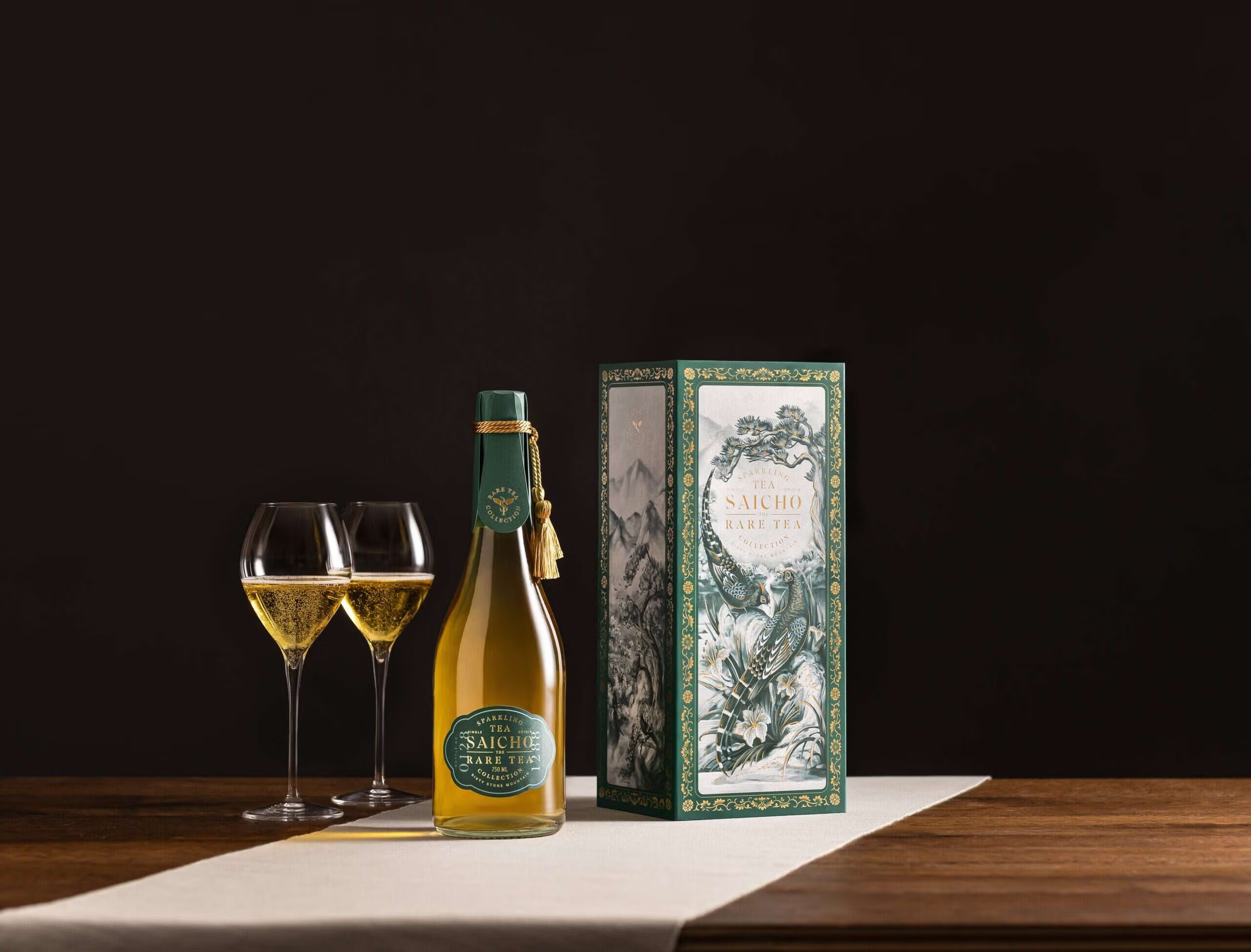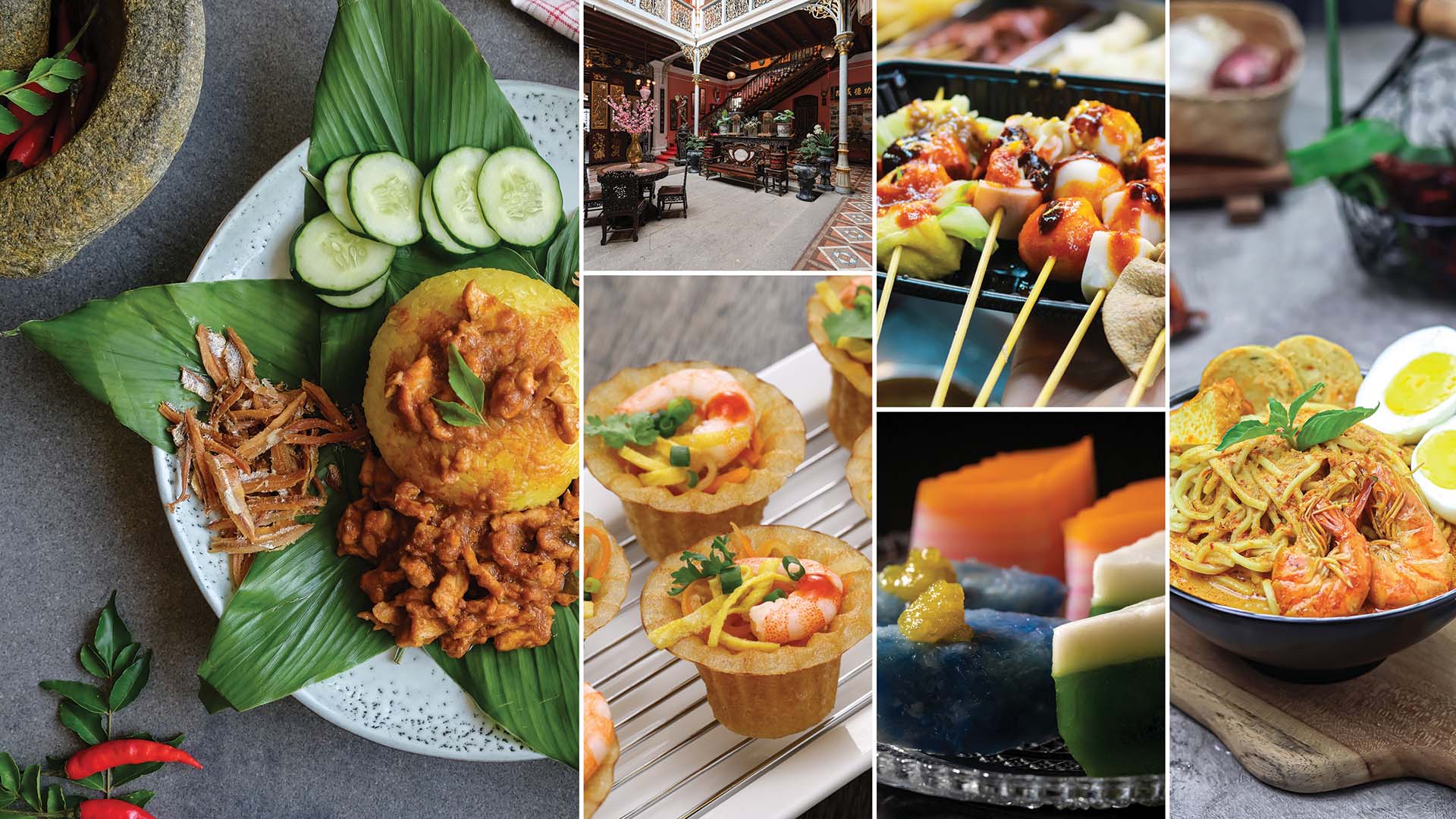Chef Kunal Kapur stands at the forefront of global Indian cuisine, blending tradition with innovation on a remarkable culinary journey. Born and raised in New Delhi, Kunal’s passion for cooking blossomed early, leading him to pursue a degree in Hotel Management from the Institute of Hotel Management, Chandigarh. His career has seen him excel in top hotel chains like the Taj Group and The Leela, shaping his versatile approach to food that extends beyond borders.
Renowned for his ability to infuse global flavours into traditional Indian dishes, Chef Kunal Kapur has not only authored best-selling cookbooks but also represented India’s culinary prowess at prestigious international events. His television presence, from hosting Masterchef India to judging alongside Chef Gordon Ramsey on Masterchef America, has cemented his status as a culinary icon. With a penchant for exploration, Kunal continues to inspire through his shows like My Yellow Table and Pickle Nation.
In an exclusive interview with PEAKLIFE, Kunal talks about his journey, how he keeps himself innovative, and shares advice for budding chefs.
View this post on Instagram
What inspired you to pursue a career in culinary arts?
I was inspired to pursue a career in culinary arts from a very young age. Growing up in a large Punjabi joint family in Delhi, I was always fascinated by our bustling kitchen. It reminded me of a mela—the aromas, the food constantly being cooked, the constant buzz of activity. Our kitchen was spacious enough to accommodate our extended family, and I have these memories of a decent-sized hole in our kitchen wall where dishes were passed through directly to the dining table in the drawing room. We would pull out the food, lay the table together, and sit together every day to eat our meals.
Moreover, watching my grandfather and father cook, I learned to appreciate the art of cooking and saw firsthand that men in the kitchen were the norm in my family. They became my greatest inspirations, fueling my passion to pursue a career in culinary arts.
How did your upbringing in a Punjabi family influence your cooking style?
Honestly, now that I look back, I realize my family always kept things simple and believed in cooking fresh. We had a refrigerator containing mostly water, fruits, lots of ice, and maybe a little milk. The idea behind cooking at home, even for our large family, was that nothing was made in advance. Whatever was cooked that day was eaten by evening. Any leftovers in the morning were given to someone outside. If there was any leftover roti or sabzi, it would be reserved for the cows or goats that passed by.
This focus on freshness to maintain taste and hygiene has greatly influenced my cooking style, especially when I cook for restaurants

How do you incorporate global flavours into traditional Indian cuisine?
In the last few years, there’s been a significant trend of highlighting and bringing out regional Indian flavours, ingredients, and cooking styles, which I find very fascinating. Over the last decade, I’ve been researching regional Indian food in depth. Sometimes, I present the regional dishes I find interesting in my restaurants or menus; other times, I take elements of regional cuisine and tweak them to appeal to a more international palate, making them more relatable and acceptable. This approach gradually educates people about traditional Indian cooking.
One example is a dish I created called ‘Risotto ki Kheer’. I cooked risotto with jaggery, milk, and fresh cardamom, then presented it with fresh raspberries and blueberries. For international clients, risotto was relatable, and it allowed me to share the story of kheer and its importance in Indian cuisine where milk, rice, and jaggery are staples that come together to form a beautiful pudding.
How do you see the future of Indian cuisine evolving on the global stage?
Indian food is gradually gaining popularity worldwide. While it’s already established globally, it’s often stereotyped by dishes like Butter Chicken, Tikka, Garlic Naan, and Black Dal, which are staples in most Indian restaurants outside India. However, there’s a shift happening. Indian chefs are increasingly taking an interest and focusing on traditional and regional specialties, bringing local ingredients, such as ghee, into the spotlight. Ghee has finally gained much-deserved popularity among an average American or a European resident.
Ten years ago, many people abroad wouldn’t have known what ghee was, but now it’s gaining recognition and being incorporated into their cooking. This growing awareness is partly due to the increased interest in Ayurveda, yoga, and India’s economic advancements. As India’s global presence strengthens, so does the interest in its cuisine. I believe Indian food is steadily becoming more popular, and this trend will continue to rise.
What advice would you give to aspiring chefs today in India?
My advice to budding chefs is to understand that while the desire to rise quickly in your career is normal, patience and dedication are key. I had similar aspirations early on, but over the years, I’ve realized a few important things.
Firstly, at the start of your career, put your head down and focus on learning as much as you can. Work under a mentor, in a restaurant, or in a kitchen where you’re exposed to various aspects of the culinary world and you can practice as much as you can. Practice is key and absorb as much knowledge as possible.
Secondly, be proud of your heritage and where you come from. If you’re from a remote village in India, bring the produce, experiences, and cuisine of that area into your cooking. It’s crucial to keep these traditions alive, as they are our soft power on the global stage.
Lastly, the kitchen can be a very stressful environment, so find ways to de-stress and self-motivate. Smile often, and laugh through the tough times. This approach is essential to becoming not only a successful chef but also a happy one.

How do you stay innovative and creative in the kitchen?
There are many ways to stay innovative and creative in the kitchen. Personally, I love to travel. The more I travel, the more I get to try different kinds of food. Visiting local markets, or mandis, exposes me to a variety of ingredients, forming the basis of my learning. By tasting, picking up ingredients, and working with them, I’ve found that these experiences stay with me. When creating something new, my brain automatically recalls these memories. For example, I might remember a trip to Uttarakhand where I discovered Bhang ke Beej and chutney. I could then pair that chutney with a specific fish, marinate it, and cook it in the tandoor for a unique flavour. So there you go!
You have to keep stimulating your brain all the time with new things and experiences. To keep my creativity flowing, I continuously expose myself to different areas, cultures, climates, and regions within India and beyond. Interacting with other chefs and food enthusiasts also adds to my knowledge. When you gather these experiences and sit down to create, new ideas naturally come together, transforming into the dish you’ve envisioned.
Quarter Plate is such a unique idea — especially with the latest Jackfruit special menu. What inspired that?
With Quarter Plate, we aimed to create small plates of food, allowing guests to sample a variety of dishes.
This concept gives our chefs the freedom to innovate. If we want to keep a dish classic, we do so, but we also have the liberty to experiment within these small plates. It’s a way to showcase different regions of India by offering small samples of diverse dishes. Together, these quarter plates form a complete meal.
Regarding the Jackfruit special menu, I was inspired by my travels in Kerala a few years back. I discovered that jackfruit is an underrated vegetable/fruit, and after tasting around 50-60 different jackfruit dishes, I knew I wanted to incorporate it into my menu. Since jackfruit is in season, we decided to innovate with it. Our jackfruit dishes have been well-received, and surprisingly, many non-vegetarians are eager to try jackfruit because of its meaty texture.
What are some of your favourite memories from hosting MasterChef India?
One of my favourite memories from hosting MasterChef India is from the first day of season one at Boot Camp back in 2010, about 14 years ago. Everyone was nervous, including myself. My fondest memory is being blown away by the home cooks’ creations. I didn’t expect their food to impress me so much. I learned a great deal from them, probably more than they learned from me. I’m very grateful for that experience, and it’s a memory that will always stick with me.

